Kale has long been part of the culinary traditions of some countries. For example, in Dutch cuisine, kale is used in the preparation of side dishes, soups and salads. The product is a fresh addition to any recipe. Stampot with kale is a classic Dutch dish.
Kale is gaining more and more popularity. It is a type of curly cabbage. Many experts and nutritionists call kale a superfood. This is due to the fact that it is extremely rich in vitamins, minerals, antioxidants, etc. This curly vegetable is a favorite food of many celebrities, who regularly include it in their diets. The healthy kale is well-deservedly nicknamed the "King of Green Leafy Vegetables."
In this article, we will tell you what kale is good for and why it must be included in your diet. However, before we share the many health benefits of this vegetable, let's first take a look at what exactly it is.
1. What is kale?
It is a type of curly cabbage. The leaves of this delicious vegetable can be either light green or dark green in color. Growing kale doesn't require much effort, so you can easily plant it in your garden. The advantage of it is that, unlike other vegetables, kale has the ability to withstand almost any weather condition. The taste of kale is quite specific, very similar to the taste of common cabbage, but it can also be slightly spicy and in some cases quite spicy. However, there is a way to tone down its spicy taste if you don't like spicy food. You just have to add some lemon to it and you're done.
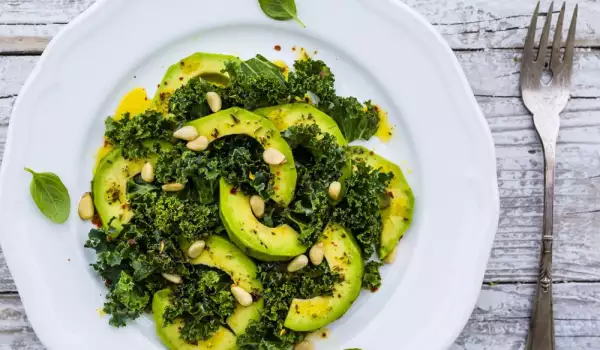
2. Benefits of eating kale
Kale contains a good amount of vitamins such as A, C, as well as many other useful substances, which are many times more than other vegetables. Kale contains three times more vitamin C than lemons and four times more than spinach.
- Kale also contains quite a good amount of carotenoids and flavonoids, which are strong antioxidants;
- Kale, in addition to everything listed, also contains vitamin K. This vitamin is very rarely found in food. The vitamin has anti-inflammatory properties, it also prevents blood from clotting;
- This delicious vegetable, among other things, also contains quite a good amount of fiber. 250 grams of kale can provide you with 10% of the fiber you need for the day. Each one of us is already aware that fiber is a very important and indispensable part of any diet;
- The beneficial substances in kale are not limited to those listed above. Among other things, this amazing vegetable also contains B vitamins such as B1, B2, B3, as well as vitamin E;
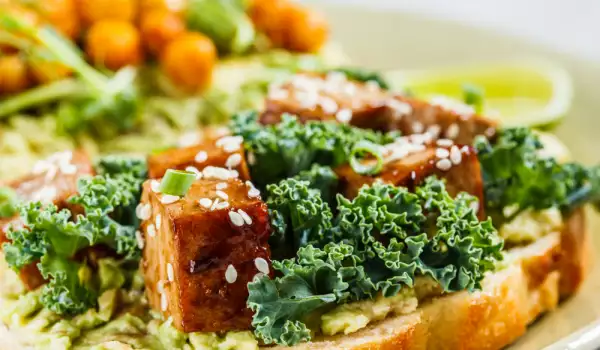
- Also contains minerals such as copper, potassium, calcium and magnesium. In addition, it also contains protein, omega-3 fatty acids and folic acid.
3. Benefits of kale in medicine
Many scientists believe that kale helps people who suffer from cancer, because it contains substances, which effectively fight cancer. As an example, we will mention glucosinolates. Unprocessed kale also contains lutein and zeaxanthin - these compounds are bioactive and slow down aging, reduce oxidative stress and prevent the development of cancer.
- Kale also helps people suffering from osteoporosis, as it has the function of strengthening and improving bone health. Also, kale helps calcium to be more easily absorbed by the body. Because it contains everything we listed, kale is becoming increasingly popular among vegetarians, vegans and raw food eaters.
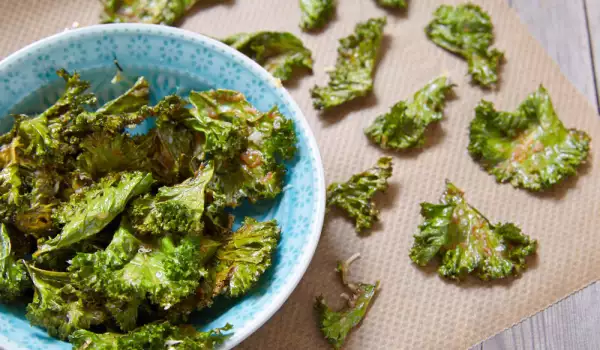
4. How to properly consume kale?
Basically, kale is cooked the same way as other leafy greens. It can be an ingredient in savory muffins or added to a pasta sauce. You must have watched chefs make kale chips. It's very quick and easy - you just have to cut the vegetable roughly, then mix it with olive oil and salt and then bake them for 20 minutes at 250°F (120°C) with a fan and turn it from time to time.
See more appetizing kale recipes!
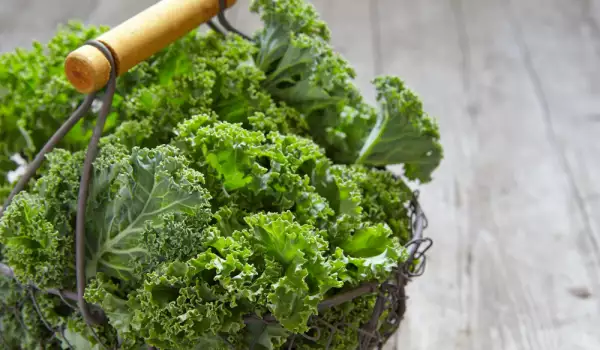
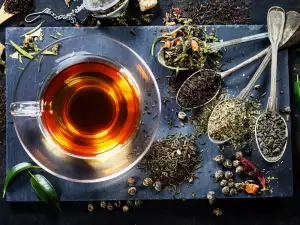
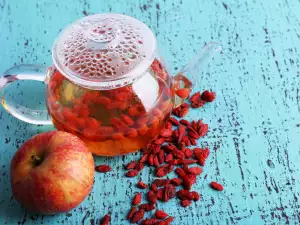

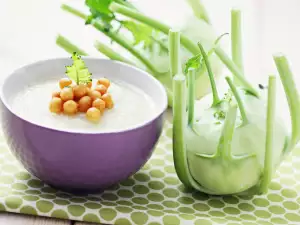


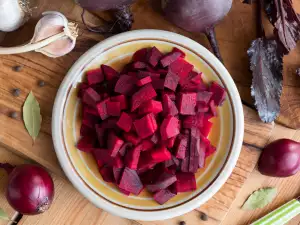
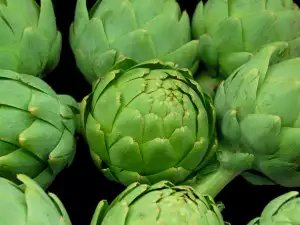
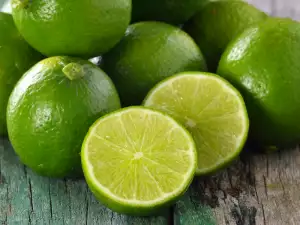
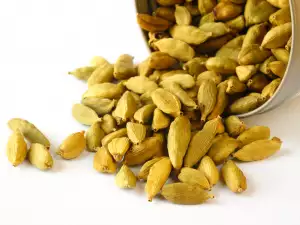
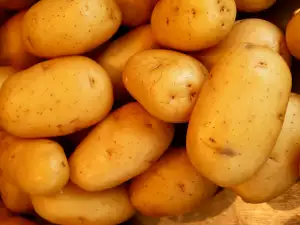

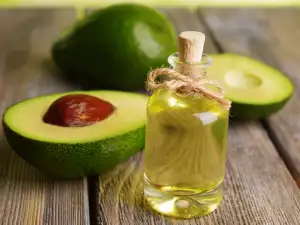
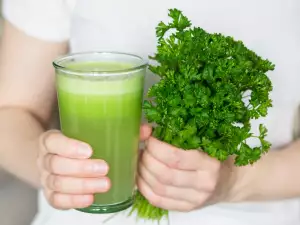
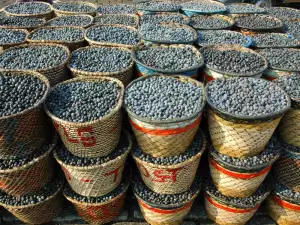




Comments